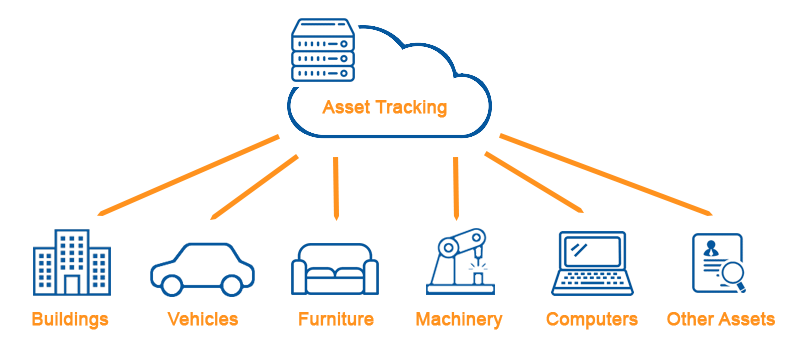
In today's dynamic business landscape, managing assets efficiently is crucial for maximizing productivity, reducing costs, and ensuring operational excellence. Asset tracking solutions, empowered by cutting-edge technologies like RFID, GPS, and IoT, have revolutionized the way businesses track and manage their valuable resources. In this article, we delve into the world of asset tracking solutions, exploring their benefits, functionalities, and the profound impact they have on various industries.
1. The Essence of Asset Tracking Solutions
Asset tracking solutions involve the use of technology to monitor and manage physical assets, equipment, and inventory throughout their lifecycle. These solutions provide real-time visibility into the location, status, and usage patterns of assets, enabling organizations to optimize resource allocation and enhance overall operational efficiency.
2. The Advantages of Asset Tracking Solutions
- a. Improved Asset Utilization:
Real-time tracking empowers businesses to understand how assets are being utilized. This information helps organizations identify underutilized resources, leading to better allocation and reduced unnecessary purchases. - b. Enhanced Inventory Management:
Asset tracking solutions streamline inventory processes by automating data collection and reducing the likelihood of stockouts or overstock situations. This leads to optimized inventory levels and improved supply chain management. - c. Loss Prevention:
By monitoring asset locations in real time, organizations can swiftly respond to misplaced or stolen items, minimizing losses and preventing potential security breaches. - d. Maintenance Optimization:
Predictive maintenance becomes possible as tracking solutions provide insights into the health and condition of assets. This approach reduces downtime and extends the lifespan of equipment. - e. Compliance and Accountability:
In industries with strict regulatory requirements, asset tracking ensures compliance by maintaining accurate records of asset usage, maintenance, and servicing.
- a. RFID Technology:
Radio Frequency Identification (RFID) enables assets to be tagged with unique identifiers, making it easier to track and manage them using scanners and readers. - b. GPS and Geolocation:
Global Positioning System (GPS) and geolocation technologies provide real-time location data for assets, particularly useful for mobile equipment or remote assets. - c. Internet of Things (IoT) Integration:
IoT-enabled assets can communicate data such as temperature, humidity, and usage patterns in real time, allowing for more informed decision-making. - d. Cloud-Based Data Management:
Asset tracking solutions often utilize cloud-based platforms to store and analyze data, providing accessible insights from anywhere with an internet connection.
- a. Asset Types:
Consider the types of assets you need to track. Some solutions are better suited for vehicles, while others excel at tracking smaller inventory items. - b. Scalability:
Choose a solution that can accommodate your business's growth without major disruptions. - c. Integration:
Ensure the asset tracking solution can seamlessly integrate with your existing software and systems to optimize data flow. - d. User-Friendly Interface:
An intuitive interface allows users to easily navigate and interpret data, promoting efficient asset management. - e. Security and Data Privacy:
Prioritize solutions that adhere to stringent security and data privacy standards to protect sensitive information.
Asset tracking solutions have evolved from simple tracking mechanisms to sophisticated systems that harness the power of RFID, GPS, and IoT. By providing real-time visibility, improving asset utilization, enhancing inventory management, and promoting responsible resource allocation, these solutions have become integral to the success of various industries. As businesses continue to seek ways to optimize their operations, asset tracking solutions stand as a testament to the transformative potential of technology in shaping a more efficient and productive future.

 Request Callback
Request Callback Voice Services
Voice Services